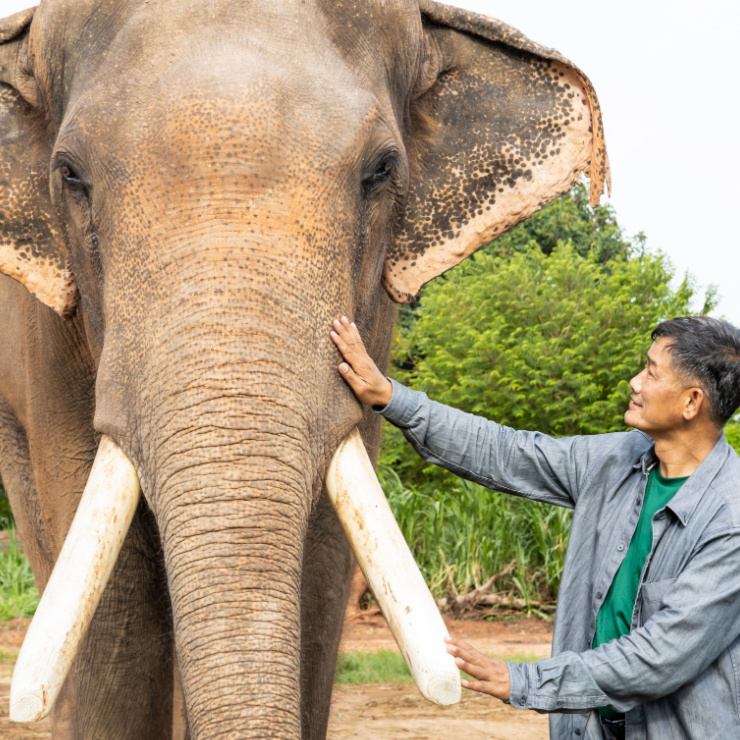When I started hosting the Data Driven Leadership podcast, I never imagined I’d say this, but I just discussed using ecological data to save elephants. I recently had the absolute pleasure of talking with Mara Elephant Protect Director of Research and Conservation Dr. Jake Wall about how conservationists are using ecological data to take timely, critical action.
A high-tech approach to conservation
Dr. Wall shared firsthand accounts of how data has revolutionized conservation efforts across the globe. From monitoring animal movements to diffusing human/animal conflicts to understanding ecological impacts quickly, ecological data use is the tool that makes the difference between having good ideas and taking action that moves the conservation needle.
The International Union for the Conservation of Nature (IUCN) uses a data monitoring tool called Monitoring the Illegal Killing of Elephants (MIKE) that compiles hundreds of data points from individual elephant death assessments to help officials determine whether the death was natural or caused by poachers. Data from GPS tracking collars shows movement patterns. Drones equipped with thermal cameras monitor elephants in real time and can help deescalate animal/human conflicts, helping to guide away elephants who have trampled subsistence farmers’ enclosures to eat their crops (hundreds of acres at a time). These examples are but a few of the ways conservationists approach their work today through a data lens.
Ecological data brings clarity and informs action
While elephants may appear destructive due to their tree-breaking and grass-uprooting behaviors, they’re a keystone species—meaning they play a vital role in shaping their environment and that of the species they interact with. Ongoing research efforts and data analysis further and speed up our understanding of the ecological significance of elephants to inform conservation efforts.
To really make a difference in conservation requires collaboration across various fields like ecology, economics, and social work and bridging the gap between scientists, policymakers, and the community. And there are ways to help beyond sending in money and getting a t-shirt in return.
Through the collaborative efforts of volunteers and advanced data analysis, Dr. Wall’s organization developed a remarkable tool—an app to measure and map infrastructure. Using this tool, they efficiently mapped over 6,000 fence lines, yielding valuable insights into the landscape’s impact on wildlife movement. Numerous other data pros are making an impact by volunteering their time and expertise in other initiatives.
Learn more about the Mara Elephant Project and how conservationists are using ecological data to make a difference.
Check out the full podcast episode here
Share:
About the Author

Jess Carter
VP, Client Experience and Delivery Operations @ Resultant
A strategic powerhouse and highly empathetic collaborator, Jess Carter delivers large-scale technology modernization and portfolio management by translating complex problems into...
Read More






